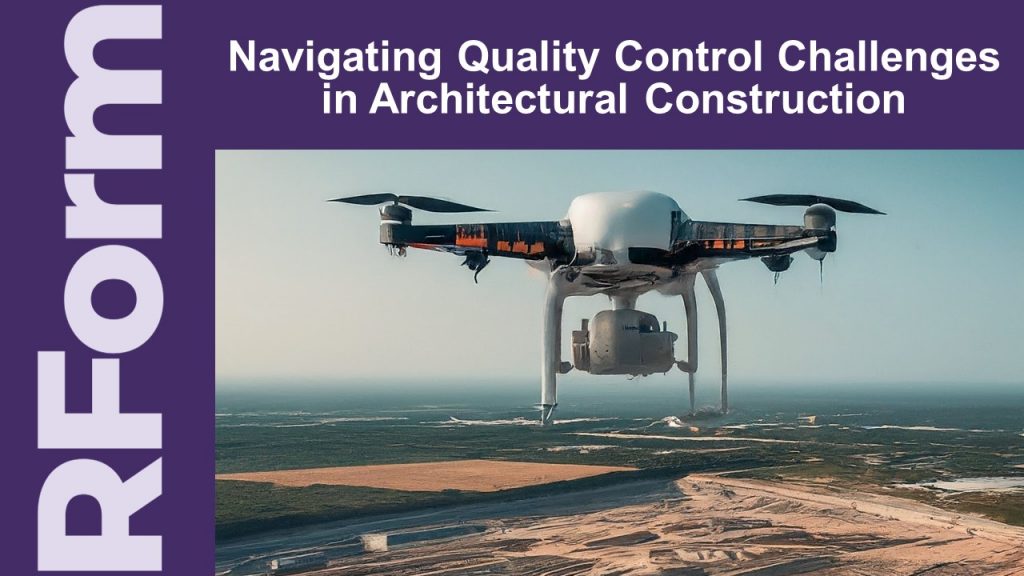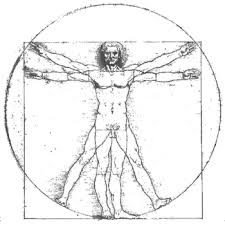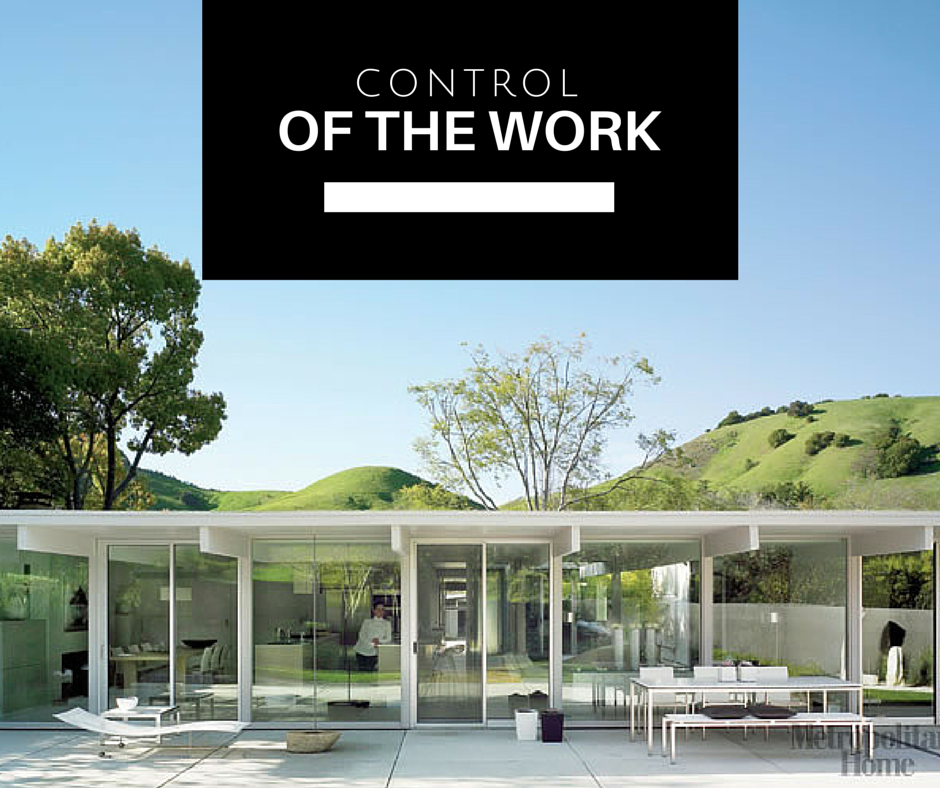
Navigating the quality control challenges during construction can be daunting for even the most experienced professionals. In this article, we will delve into the intricacies of maintaining high standards in architectural construction and explore strategies for effectively addressing common quality control issues that may arise on the job site. Whether you are a seasoned architect or a newcomer to the industry, understanding how to navigate these challenges is essential for achieving superior results and delivering projects that stand the test of time. Join us as we uncover key insights and practical solutions for overcoming quality control hurdles in architectural construction.
Building codes and regulations are essential guidelines that govern building design, construction, and occupancy to ensure safety, functionality, and efficiency. These codes set forth standards for structural integrity, fire protection, accessibility, energy conservation, and more. Understanding building codes is crucial for architects, engineers, contractors, and other professionals involved in architectural construction to ensure compliance with legal requirements and industry best practices.
Failure to adhere to building codes can result in costly delays, fines, lawsuits, or serious safety hazards. Therefore, professionals in the construction industry must stay up-to-date on evolving regulations at the local, state, and national levels. The complexity of building codes requires a keen attention to detail and thorough knowledge of the ever-evolving requirements. Professionals must also be proactive in documenting compliance measures throughout the building process and adhering to sound quality control practices from start to finish.
Identifying common defects in construction materials is crucial for maintaining the quality and integrity of architectural structures. One common defect that often arises is inadequate strength, leading to structural failures and safety hazards. This defect can be identified through testing methods such as compression tests or tensile tests to ensure that the materials meet specified strength requirements.
Another common defect is poor workmanship, which can result in improper installation of materials or lack of attention to detail. These can impact a building’s overall aesthetics and functionality. Visual inspections and quality control checks during construction are essential for identifying these types of defects early on before they escalate into more serious problems.
Overall, a thorough understanding of potential defects in construction materials and the implementation of effective quality control measures are essential for ensuring successful architectural construction projects. By proactively addressing these issues, professionals can mitigate risks, uphold industry standards, and deliver high-quality buildings that stand the test of time.
Implementing quality control processes and procedures is essential in architectural construction to ensure that projects are completed with high standards of quality and precision. Quality control processes involve inspecting materials, monitoring workmanship, and testing building systems to identify any potential defects or issues early on in the construction process. By implementing these processes effectively, construction professionals can mitigate risks and avoid costly mistakes that may arise later in the project.
One key strategy for implementing quality control processes is establishing clear guidelines and protocols for all team members involved in the project. This includes setting expectations for material specifications, construction techniques, and adherence to building codes and regulations. Regular inspections should be conducted throughout different project stages to verify compliance with these guidelines while promptly addressing any issues that may arise. Additionally, utilizing Building Information Modeling (BIM) software can help streamline communication among team members and improve coordination between design documentation and actual construction activities.
Another important aspect of quality control is maintaining a culture of continuous improvement within the organization. This involves providing training opportunities for employees to stay up-to-date on industry best practices, conducting regular performance evaluations to identify improvement areas, and soliciting client feedback on their satisfaction with the final product. By continuously refining processes based on feedback received during each project iteration, architectural construction professionals can enhance overall efficiency while delivering exceptional results that consistently meet client expectations.
Effective communication with contractors and subcontractors is key to maintaining quality control in architectural construction projects. Clear and concise communication ensures that all parties agree regarding project expectations, deadlines, and specifications. Regular meetings and updates with contractors can help identify potential issues early on, allowing for prompt resolution and preventing costly delays.
It is important to establish open lines of communication from the start of a project, setting clear goals and objectives to guide all team members toward a common goal. Providing detailed feedback and constructive criticism when needed helps maintain accountability among contractors and subcontractors, fostering a culture of continuous improvement. By actively listening to concerns raised by construction professionals, architects can address any misunderstandings or challenges before they escalate into larger problems that could impact the overall quality of the final product.
Resolving quality control issues on time is crucial in architectural construction to maintain high customer satisfaction and project success. One key strategy for addressing quality control challenges is to establish clear communication channels among all stakeholders involved in the construction process. This includes regular meetings with project managers, contractors, architects, engineers, and subcontractors to discuss any potential issues that have been identified and develop a plan for swift resolution.
Additionally, rigorous inspection protocols throughout the construction process can help catch defects or deviations from quality standards early on before they escalate into larger problems. By conducting thorough inspections at critical stages of the project and utilizing advanced technologies like drones or 3D imaging systems, teams can quickly identify areas requiring corrective action and promptly make necessary adjustments. Ultimately, by proactively addressing quality control issues as they arise and collaborating effectively with all parties, architectural construction projects can stay on track toward successful completion within budget and schedule constraints.
Continuous improvement in quality control practices is crucial to ensuring the success and longevity of architectural construction projects. By consistently identifying areas for enhancement and implementing corrective measures, construction professionals can enhance their overall construction processes and deliver high-quality client results. This ongoing commitment to quality control helps to prevent defects, reduce errors, and ultimately improve the efficiency and effectiveness of project delivery.
Implementing a culture of continuous improvement in quality control requires a multifaceted approach that involves regular monitoring, evaluation, feedback collection, and implementation of changes based on data-driven insights. By leveraging advanced technologies such as drones for site inspections or building information modelling (BIM) software for design analysis, construction professionals can gain valuable real-time data to help them make informed decisions about improving quality control practices. Additionally, encouraging collaboration among team members at all levels and promoting transparent communication channels can help foster a culture of accountability and shared responsibility for maintaining high standards throughout the project lifecycle.
In conclusion, continuous improvement in quality control practices is essential for overcoming challenges in architectural construction and consistently delivering exceptional results. By adopting proactive strategies such as integrating new technologies, fostering collaboration among team members, and prioritizing data-driven decision-making processes, construction professionals can better navigate complex quality control issues. Ultimately, by enhancing overall efficiency and effectiveness through continuous improvement initiatives, organizations within the architectural construction industry can differentiate themselves from competitors and build long-term trust with clients by consistently exceeding expectations.

